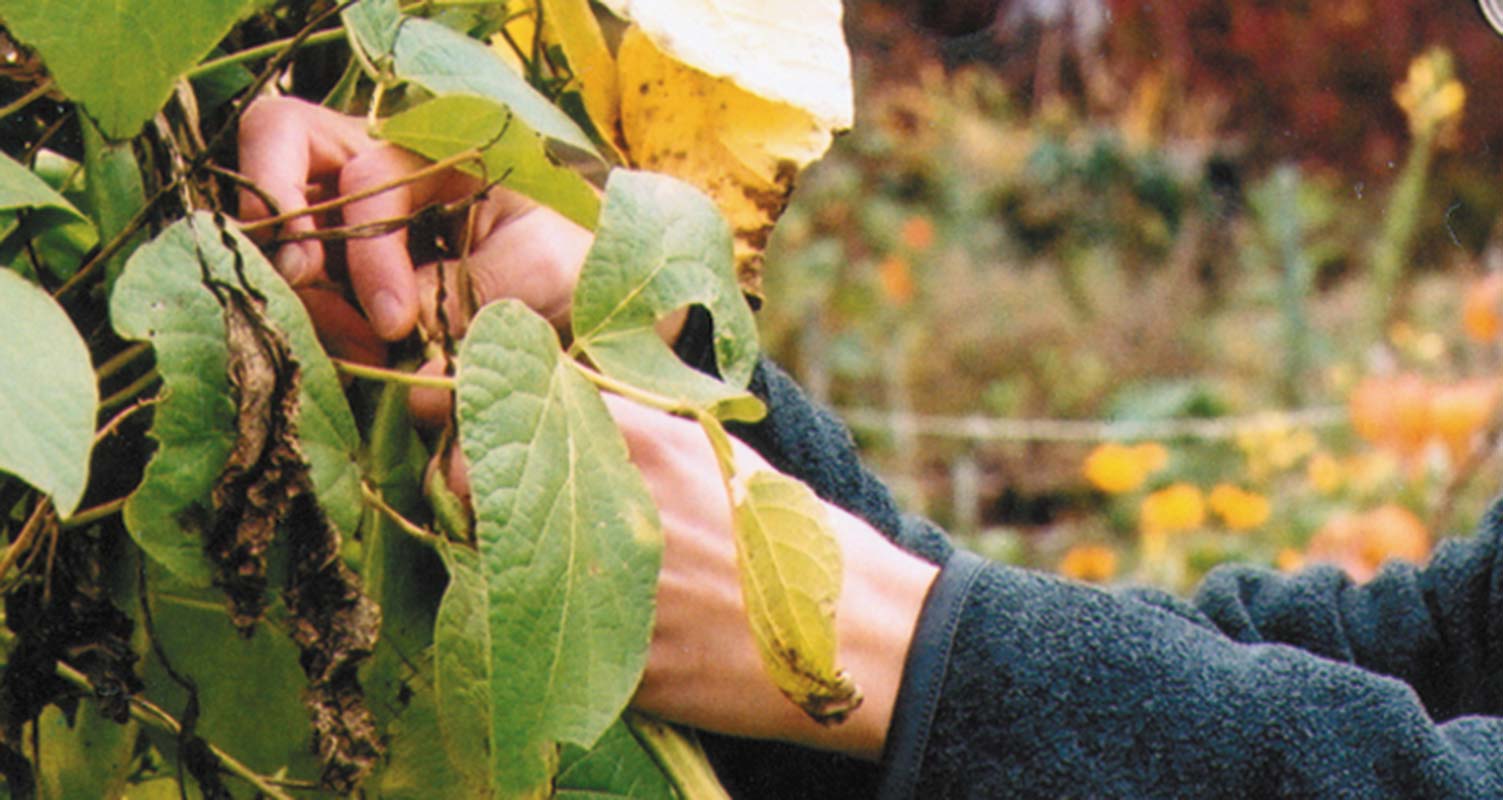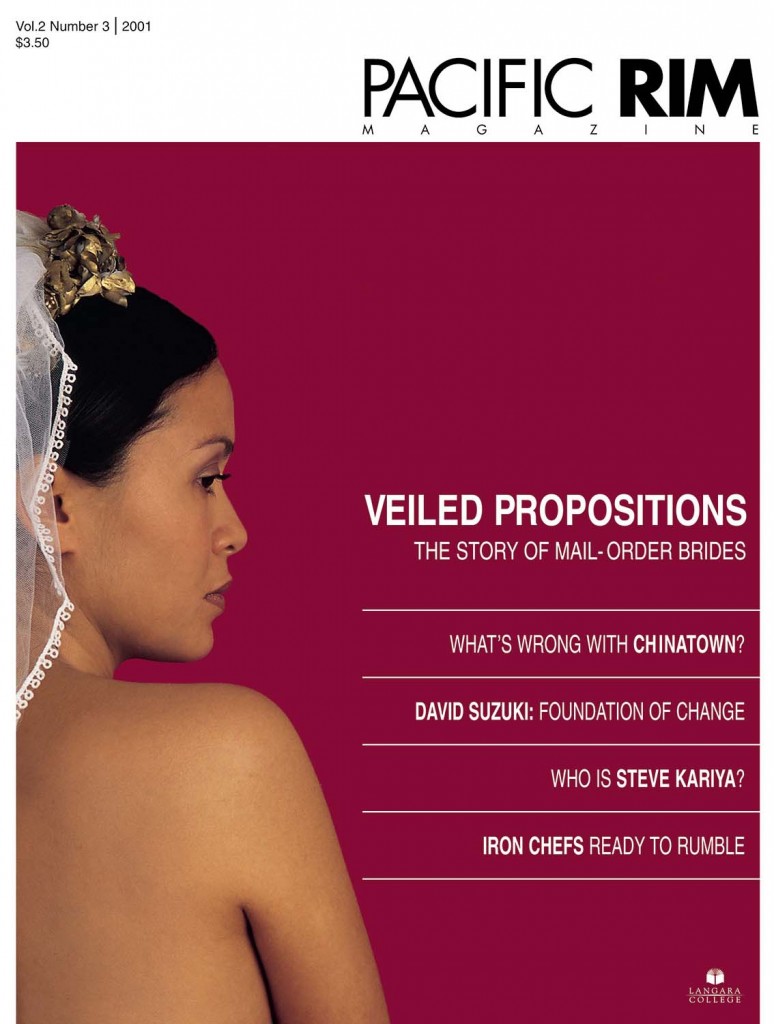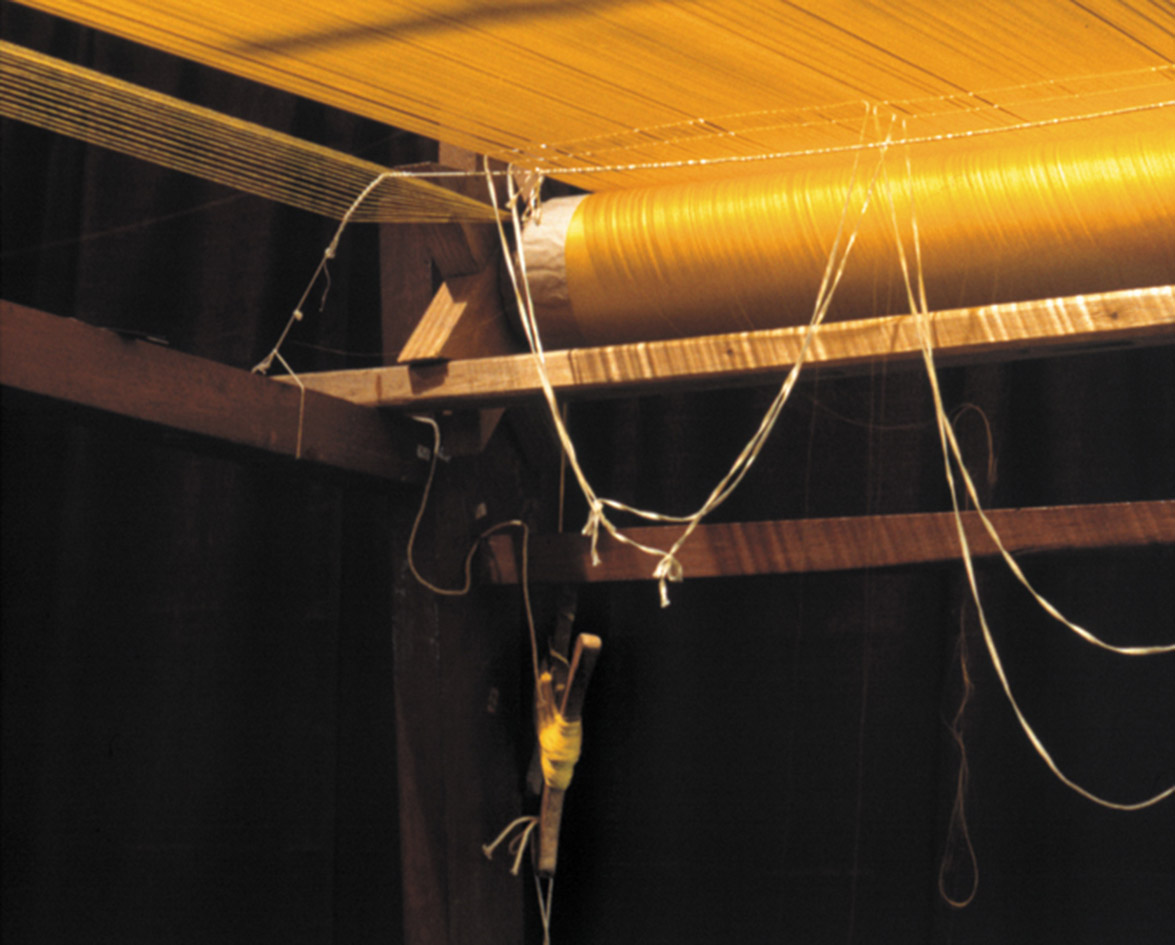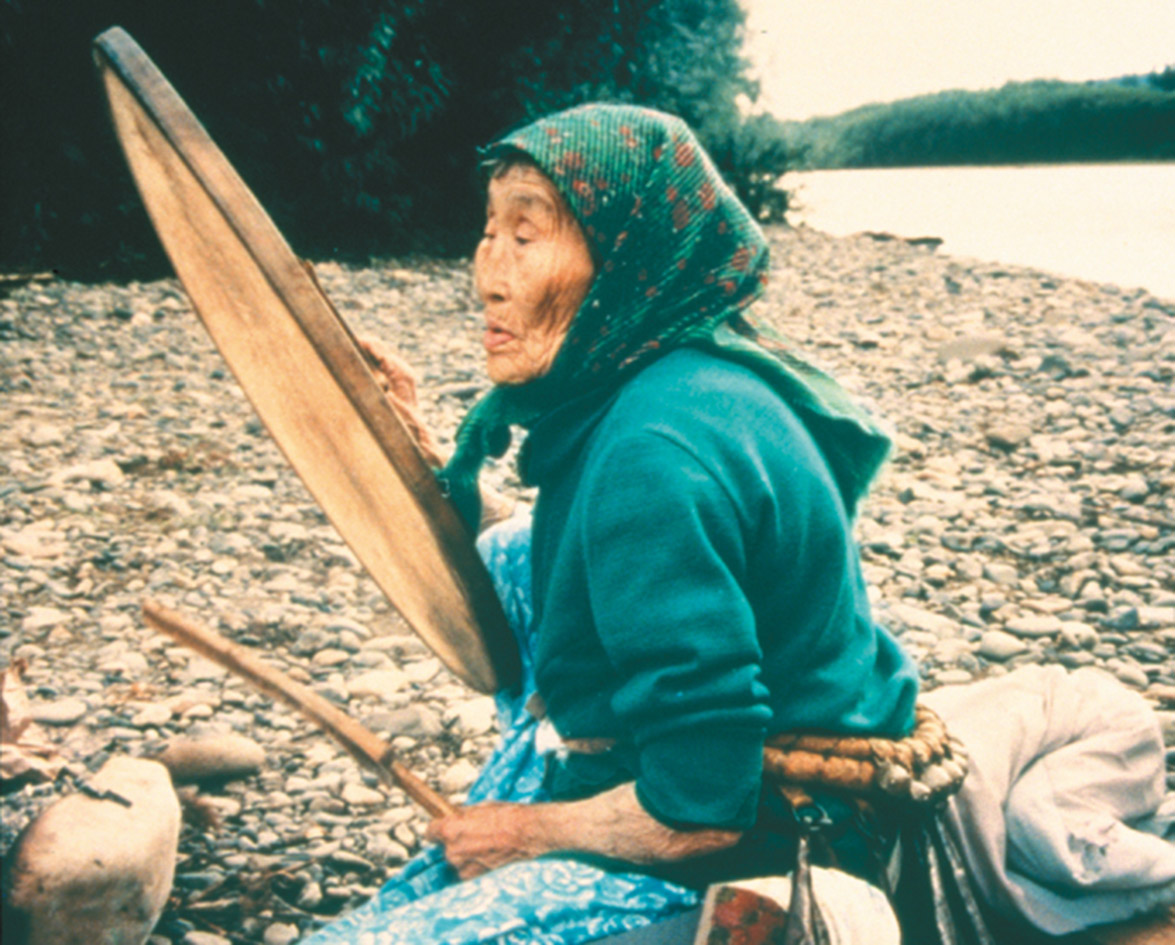The frantic outside world disappears when you enter the garden from the corner of Prior Street and Hawks Avenue. Before you is a visual patchwork of gardening ideas and techniques. As you wander the gravel paths, wave at gardeners, and listen to frogs and birds, it is hard to imagine the area’s turbulent history.
History Of Strathcona
Before European colonization, the area now known as Strathcona was home to the Coast Salish people. The emerging City of Vancouver used the land to lure the Canadian Pacific Railway (CPR) to the west. Inventive city councillors decided to give the tidal flats to the rail companies if they agreed to develop it. Nature proved harder to beat than the railway men had planned, and the site became a huge city dump marked by stagnant waterholes. Older residents still remember, “rats as big as cats grabbing each other’s tail.” It took until 1940 to complete the land reclamation. The CPR, in lieu of taxes, returned the land to the city.
In the following decades, the city subdivided the area. In 1979, community groups joined forces to create the Strathcona Joint Committee (SJC), a group dedicated to claiming the land. The SJC dreamed of creating a community garden, and the city agreed to lease the land to the group if it could get funding.
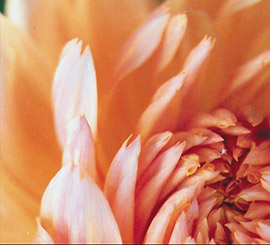
It was not until 1984 that City Farmers, a Vancouver urban agricultural group, was able to raise the capital. Leslie Scrimshaw, an expert gardener and farmer, was asked to create a community garden on the old dumpsite. In May of 1985, the city’s parks board approved the lease and the Strathcona Community Garden Society was formed.
But the future of the garden was not secure. In 1988, the City of Vancouver awarded the area to the Chinese Freemason Society to build a seniors’ housing complex. Muggs Sigurgeirson, treasurer of the Garden Society says, “The community was split right in the middle because there was the Chinese community, many of whom wanted to build more seniors’ housing, which in itself is an incredibly deserving project. And on the other side were all the people trying to save the garden. It was a terrible time for all of us.”
This could easily have been the end of the project, but one of the gardeners, Ellie Epp, a passionate visionary, channeled her anger and disappointment into designing a new layout for the garden on the remaining lands. To everyone involved, it was clear that in order to proceed, a firm commitment from the City of Vancouver was essential. Four attempts later, the city allocated $10,000 to create the official Strathcona Community Gardens.
Many Hands Make Light Work
As Sigurgeirson walks along uneven gravel paths edged with cedar boards, she remembers endless days moving soil, rocks and debris. “I ordered 22 truckloads of gravel,” she says. “They were to be delivered for the Saturday morning that we called a work party. I simply had no idea how much gravel that really was. When I walked into the Garden, Hawks Street was filled with mountains of gravel. Honestly, my heart sank. How would we possibly be able to move that much?”
Ellie Epp took charge of 300 volunteers. With the help of a sympathetic parks board worker who donated the use of 60 wheelbarrows, by 4 p.m. Sunday the impossible was accomplished. After that memorable day, the garden started to come together. Concrete slabs were poured for the composting area, beehives were installed, a shed for honey production was built and finally an eco-pavillion. A TV show generously donated a greenhouse. Epp started her famous herb garden, and Rob Mills began work on the pond and heritage apple orchard.
Generations To Come Able To Reap The Benefits Of Hard Work
These days, when one sits on a bench overlooking the kid’s play area, the garden’s turbulent history no longer shows. The seasons have returned to this patch of earth. In winter, sleepy brown tones blend with the songs of resident birds. In spring, the garden awakens with countless bursting buds. Summer is governed by dense colour and intoxicating smells. And in autumn, gold and red leaves outline a stark blue sky.
Life in the garden has settled down. A parks board lease of one dollar per year was in place until 2005. Says Sigurgeirson, “The garden is an example of community organization at its best. Volunteers run the board. We are light on meetings and heavy on doing. On our monthly community workdays we often encounter sudden problems which get solved on the spot.”
Rachel Rosen, a gardener, stands knee-deep in the compost bin. She says, “This is such a positive place for the community. The world is usually motivated by private profit with very few wealthy people benefiting. The garden is an inspiration. It is possible to make changes on a grassroots level.” This land has been cleansed; it has been reclaimed by the community.
The Strathcona Community Garden is about renewal. As Sigurgeirson explains, “The garden is a sanctuary. But before the garden are people. People can walk through it and take refuge from the maddening rush that is only minutes away in downtown or even racing by on Prior. It replenishes the heart.”





